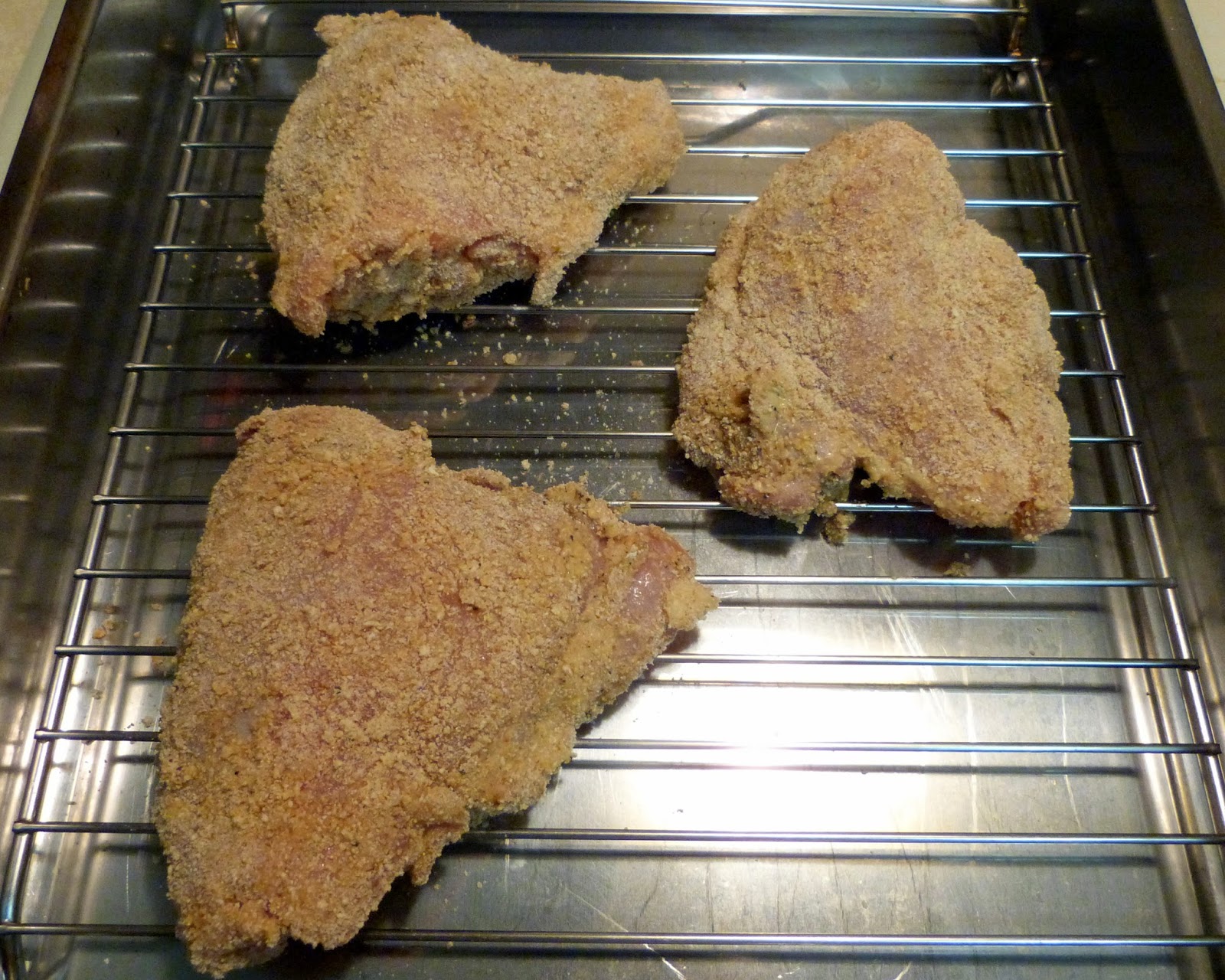No Free Lunch has recently passed two great milestones: the three-year anniversary of my first post and 10,000 views. I am always amazed by how many views the blog continues to get, even through the long period of hibernation, so whether you are a long-time reader or first-time visitor, I appreciate you stopping by! As one of my earliest posts, just a few days short of 3 years ago, was my recipe for
Guinness Stew, it seems appropriate to mark the occasion with another beer-based beef stew.

Carbonade flamande, known as
stoverij in Flemish, is a traditional Belgian dish that I have been wanting to feature for a while now, and there is no better time than this cold and snowy January. I scoured the internet for recipes, and came up with this one. Carbonade has three main ingredients: beef, onions, and beer. Other than those three things, the recipes vary quite a bit, but most emphasize the sweet-and-sour aspect of the dish. As such, I have made sure to include both brown sugar and cider vinegar. My version also has carrots. Although they are not a "core" ingredient, they add some color, some variety, and some more sweetness. As with many slow cooked dishes which probably have roots in "peasant food" (
cassoulet would be another), I try not to get too hung up on what is or is not traditional. The spirit of this style of food is to use what is available to create something more than the sum of its relatively humble parts.
Ingredients
- 3 lb beef, cut into 1-2 inch chunks (see notes below)
- 3 onions
- 2 carrots
- 3 Tbs flour
- 1 1/2 cups (one 12 oz bottle) ale (see below for discussion)
- 1 1/2 cups beef stock
- 2 Tbs brown sugar
- 2 Tbs apple cider vinegar
- 1 Tbs mustard
- 2-3 bay leaves
- Dried thyme
- Salt and pepper
- Vegetable oil

The beef I used here was a big package of pre-cut "beef for stew" from Sam's Club. Any inexpensive cut should do. In the sources I found, there was a wide variety of beer recommendations. As with wine, I would stick with the old rule of "only cook with what you would drink." That said, it does feel like kind of a waste to toss a bottle Trappist ale into a stew. At the same time, you do want something with a good, strong flavor to impart to the stew. Sticking to the Belgian theme, I went with a Summit Abbey Ale. This is a strong, Belgian-style ale that I had something of a windfall of a few years ago, and have been "aging" ever since. My point here is that you should go with what you like. On the same note, I probably should have used a more authentic mustard, but Dijon is what I had, so that's what went in, at the risk of veering into boeuf bourguignon territory.
Instructions
Ideally, we will use just one pot for the whole process, so choose something you are comfortable searing meat in, but that will also be big enough to simmer the stew. A dutch oven or a copper stew pan (as pictured here) does nicely. Copper pans are useful for getting just the right amount of sticking from the meat, as well.
Season the beef with salt and pepper. Patience is the key to browning the meat. Work in batches, searing the beef pieces in the pot with a little oil. Resist the temptation to speed things up by cramming more pieces in -- the browning will be more successful if you don't crowd them. I found the sweet spot to brown well, but not burn was halfway between medium-high and high heat. Sear one side, then flip, sear the other, and set aside. Quite a bit of fond will form on the bottom of the pan, and that's a good thing.
While the beef is cooking, you can prepare the vegetables. Slice the onions into strips. Peel the carrots and cut them up. I went for bigger pieces, cutting the carrots into 3-4 segments, and then halving or quartering these pieces, depending on thickness.
When all the beef is done and set aside, turn the heat down to medium and add some more oil. Cook the carrots and onions for about 15 minutes, stirring frequently. These should be well softened. Add the flour, and stir to coat. [In the interest of full disclosure, I forgot this last step, and added the flour after the stock and beer, making sure to mix it into a paste with water. This worked out fine.]
 |
| Ready to simmer |
Pour in the stock and beer, then scrape up any bits left stuck to the pan. Add brown sugar, vinegar, mustard, bay leaves, and a good dusting of thyme. Stir everything together. Turn up the heat and bring to a boil. Once boiling, turn heat down to low and simmer, covered, for 2 1/2 hours. By this point, the beef should be fall-apart tender. Add salt and pepper to taste.
Serve the stew with the starch of your choice. Potatoes, french fries, noodles, or rice are good options. You can't go wrong with a piece of crusty bread, either.
















